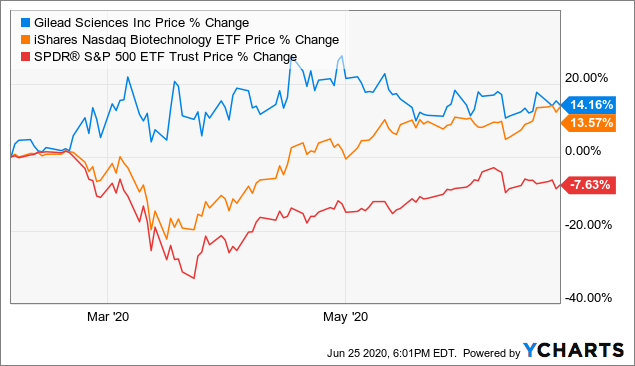
Investments in securities are subject to market and other risks. If our base-case assumptions are true the market price will converge on our fair value estimate over time, generally within three years.

A 5-star represents a belief that the stock is a good value at its current price a 1-star stock isn't. This process culminates in a single-point star rating that is updated daily. Four components drive the Star Rating: (1) our assessment of the firm’s economic moat, (2) our estimate of the stock’s fair value, (3) our uncertainty around that fair value estimate and (4) the current market price. Morningstar assigns star ratings based on an analyst’s estimate of a stock's fair value. It is projection/opinion and not a statement of fact. The fund is offered with a TER of 0.35%.The Morningstar Star Rating for Stocks is assigned based on an analyst's estimate of a stocks fair value. It has $270m in AUM and trades in US dollars, British pounds, Swiss francs or euros.Īnother popular benchmark for the broad commodity market, the Thomson Reuters/CoreCommodity CRB Index, is tracked by the Lyxor Commodities CRB Thomson Reuters/Corecommodity UCITS ETF (LON: CRBU). The UBS Bloomberg Commodity UCITS ETF (SIX: DCUSAS) is slightly cheaper with a TER of 0.37%. It trades in US dollars and has a TER of 0.40%. The largest is the Source Bloomberg Commodity UCITS ETF (LON: CMOD) with $700 million in AUM.

Source, ETF Securities and UBS also offer ETFs in Europe which track the same Bloomberg Commodity Index. Many investors are looking to commodities.” This fund is a direct response to growing investor appetite for asset classes that offer stronger diversification impact in portfolios. Slinger added: “Diversification is becoming more difficult to achieve due to increasing correlation between equities and bonds across global markets. It trades in US dollars but is also available in a pound sterling-denominated share class under the ticker COMM.īlackRock notes the fund may prove popular with investors seeking portfolio diversification tools at a time when the correlation between historically uncorrelated asset classes – most notably equities and fixed income – is rising. ICOM has a total expense ratio (TER) of 0.19%. Brent Crude and WTI Crude account for roughly 7% and 6% respectively (All data as of 30 June 2017).


The largest single commodity exposure is to gold (12%) while copper, corn and natural gas each account for approximately 8% of the total index weight. The next largest sectors are industrial metals (18%) and precious metals (16%), while livestock (7%) plays a lesser role in the index. The agriculture and energy sectors represent the largest segments within the index, with approximately 30% and 27% weights respectively. “It can therefore serve as an alternative to purchasing individual futures or investing directly in physical commodities.” “By capping the single commodity and sector exposure in the fund, investors are not overexposed to a particular part of the market,” said Fergus Slinger, co-Head of iShares sales EMEA. It weights constituents according to the economic significance of each commodity to the world economy, while capping each sector at a maximum 33% and each single commodity at 15%. The index tracks 20 different commodities from across the energy, agriculture, industrial metals, precious metals and livestock sectors. The Bloomberg Commodity Index tracks 20 different commodities from across the energy, agriculture, industrial metals, precious metals and livestock sectors.


 0 kommentar(er)
0 kommentar(er)
